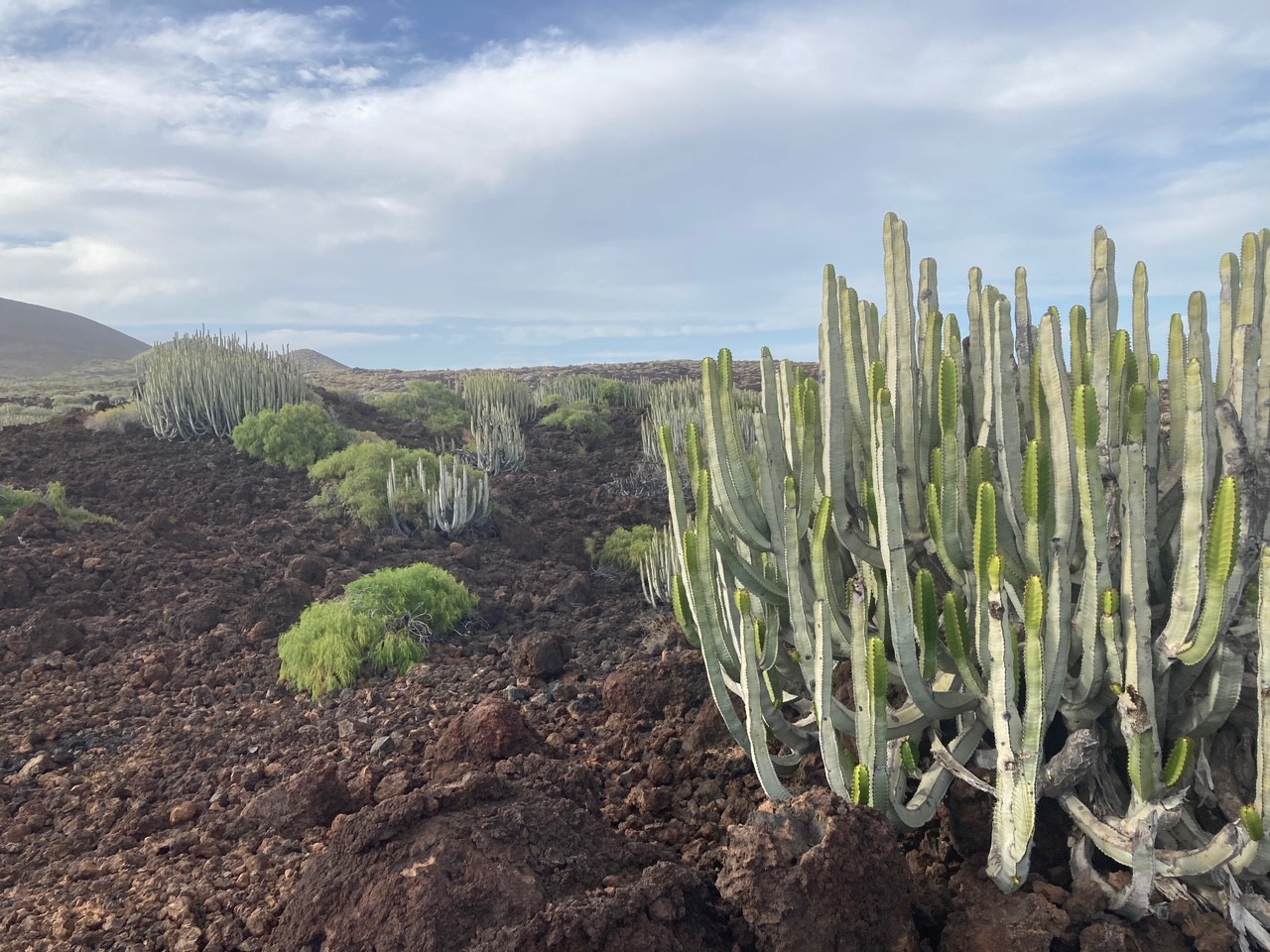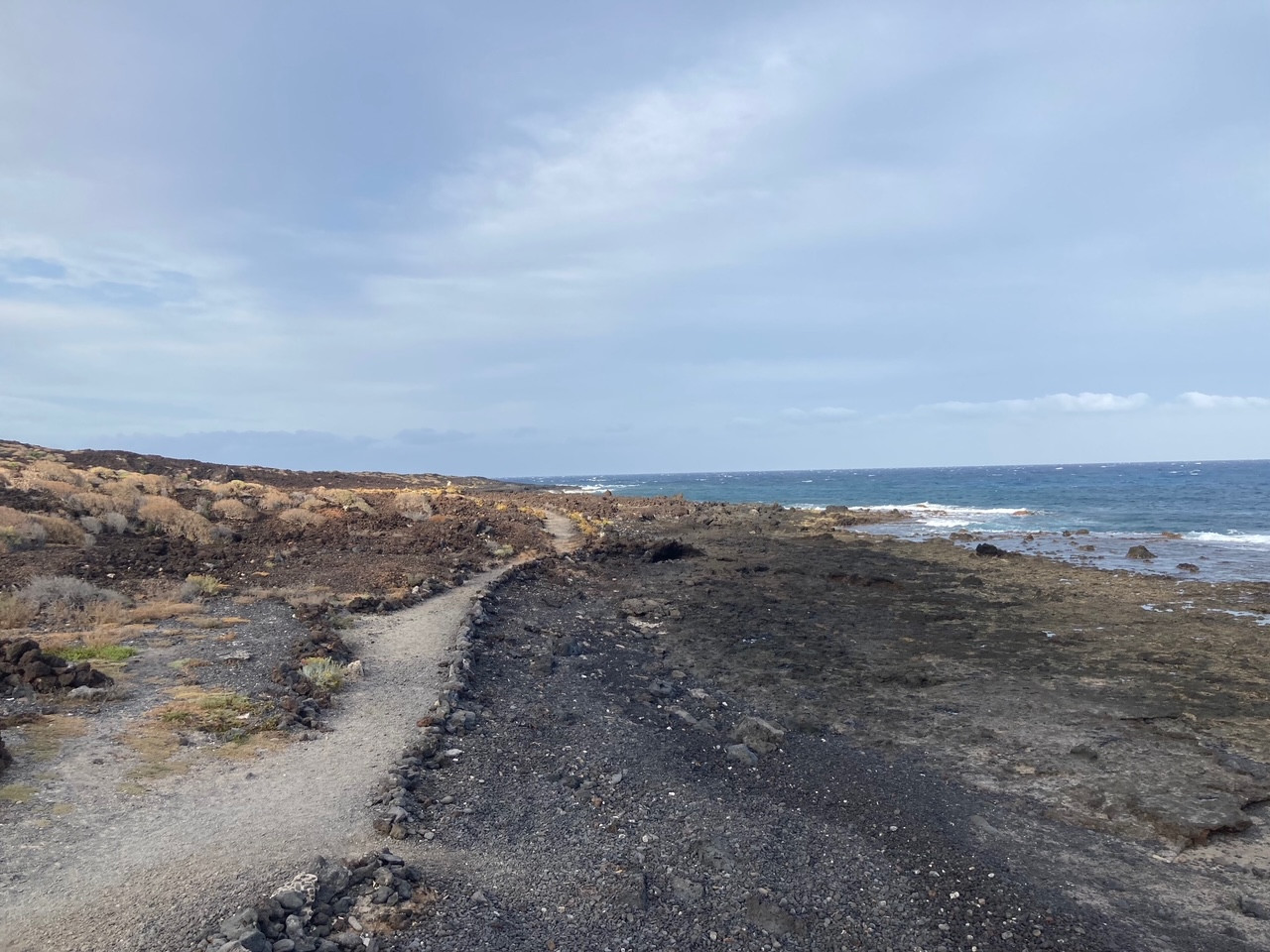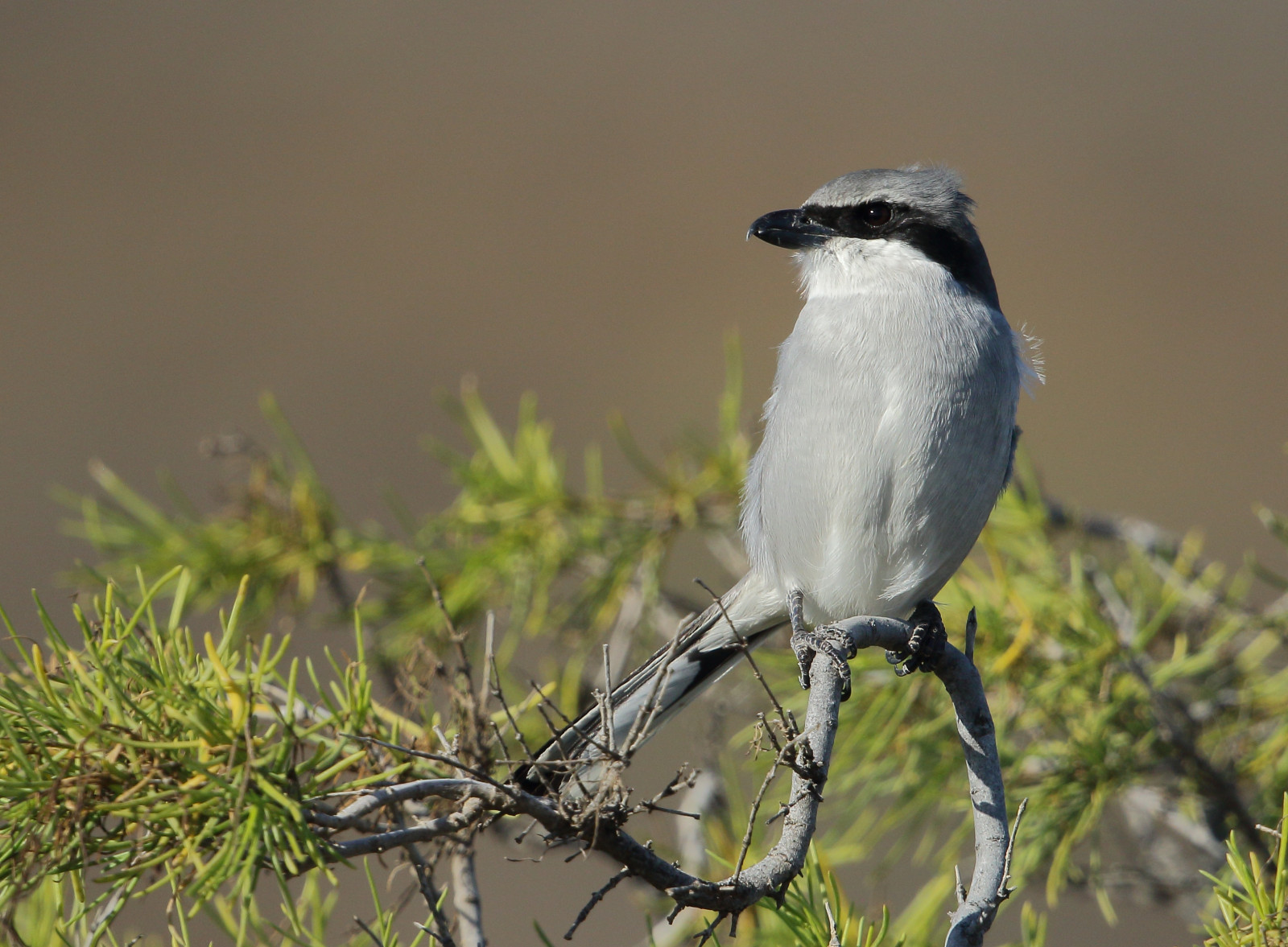Descrizione
Malpaís de Güímar is a huge expanse of dry magma along the east coast of Tenerife. The area is surrounded by farmland, residential areas and industrial areas. The volcanic landscape is dotted with Canary Island spurge, cardons and tabaibas. Nearer the coast, you will find sea fennel and the local species of sea lavender, while the sandy areas are populated by spiny broom bushes and Canarian clovers, with over 60 species of lichens dotted all over the Malpaís landscape. Especially during migration the coastal part of the area attracts shorebirds. Along the coast you can see during migration Corriere grosso, Voltapietre, Chiurlo piccolo, Piro piro piccolo and Garzetta. Other birds you can see in the area are Pispola di Berthelot, Gheppio, Averla maggiore, Gabbiano reale, Luì piccolo delle Canarie, Passera sarda, Piccione selvatico and out on sea Berta maggiore.
Dettagli
Accesso
From the village of El Puertito de Güímar you can make a circular walk. The route indicated on the map is about 6 km. You cross the lava fields, walk along the coast and pass some salt flats. Click on a the P in the map for directions to a car park. Good idea to put on sturdy walking shoes because of the lava stone paths.




